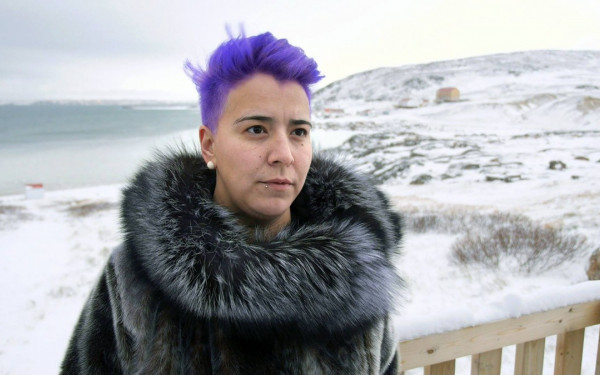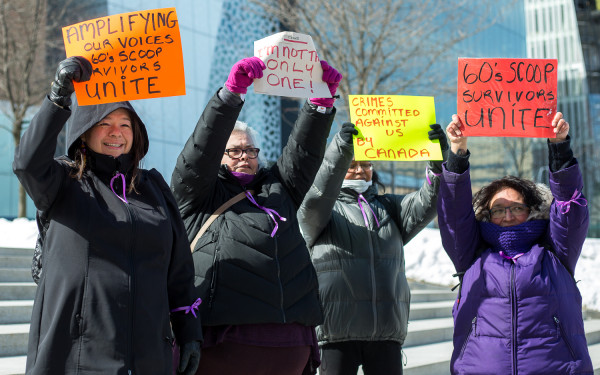Inuit Voices Denounce the Health Crisis in Nunavut
SeeChange Initiative Provides Safe Space to Discuss Community Needs
A Night for the Inuit Nunangat welcomed Inuit leaders Naomi Tatty and Isabelle Chapadeau to share their experiences living in Nunavut and the repercussions of the ongoing tuberculosis crisis.
“Nature, art and culture will always win.”
The quote, by Isabelle Chapadeau, opened the panel at 6:30 p.m. on Sept. 23 at the Notman House. Chapadeau, who was sitting on a sofa at the centre of the stage, is an artist from Iqaluit, Nunavut, and shares aspects of her culture on Instagram and TikTok.
Chapadeau opened up about her experience in Quebec’s elementary and high school educational system. She explained how she struggled with identifying as Inuk, since the history of her community was not learned in class. She eventually reached a point in her life where she needed to learn more about her culture—for her own sake.
“I had no choice at that point but to do something,” Chapadeau said, adding that she moved to Nunavut to gain the knowledge she felt she was missing. She now publishes content on social media about her culture, hoping “to bring a safe space for her community”.
“I will forever have things to learn from [Inuk People],” said Chapadeau.
“I’m going to be here to be a voice. Not only for myself, not only my mother, but for the rest of Nunavut.” — Naomi Tatty
Sitting on Chapadeau’s left was Naomi Tatty, who was named Inuit Woman of the Year by Pauktuutit Inuit Women of Canada. On top of being an Inuit leader in her community, Tatty advocates to bring awareness to the current situation relative to TB in Nunavut. The airborne disease disproportionately affects Inuit communities—almost 300 times more than non-Indigenous Canadians.
From the 1940s to 1960s, Inuit diagnosed with TB were sent to sanatoriums in Southern Canada. These included the Moose Factory Indian Hospital in Northern Ontario, the Mountain Sanatorium Hamilton in Southern Ontario and the Parc Savard Québec sanatorium in Quebec City.
Those infected with TB were separated from their families for an indefinite period of time, sometimes up to 17 years. While some were able to go back to their families once deemed healed, many never had the opportunity to see their loved ones again—they stayed in the South or died at the sanatorium.
“I’m going to be here to be a voice,” said Tatty. “Not only for myself, not only my mother, but for the rest of Nunavut.”
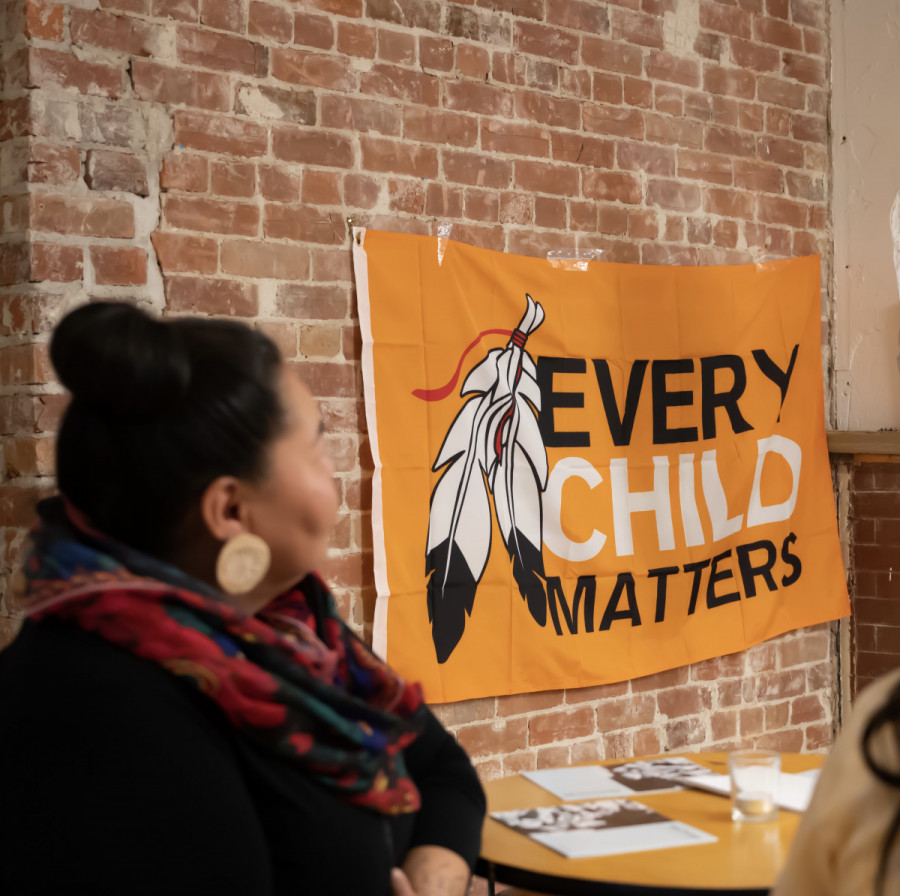
Tatty’s mother spent years in a sanatorium after being forced to leave her family and community behind in Nunavut. Tatty disclosed that her mother was given the option of bringing one of her children along with her. She chose Tatty’s sister, who was just a toddler at the time. She did not know, however, that while she would have to spend three years in the sanitorium, her daughter would be placed in foster care.
When Tatty’s mother was reunited with her daughter after being released from the sanitorium, she was faced with a child who no longer recognized her. Their story is only one amongst many. The healing process for a trauma spanning generations is lengthy and difficult, especially when the Canadian government only apologized in March 2019, and the Pope in July 2022.
The event was coordinated by Rachel Kiddell-Monroe, founder and executive director of the SeeChange Initiative. The non-profit organization aims to give communities agency in dealing with health crises affecting them. She explained that back in 2017, Stephen Lewis, former UN special envoy for HIV/AIDS in Africa, reached out to her after visiting Nunavut. During his trip, Lewis witnessed the scope of the territory’s TB epidemic.
The initiative worked alongside the Ilisaqsivik Society, an Inuit-led community-focused non-profit organization based in Clyde River, a hamlet on Baffin Island. Operating for 25 years, the Ilisaqsivik Society focuses on creating a better, sustainable future for the community. “They have been really our guide in understanding how Nunavut works, how Inuit People work,” she said regarding the relationship the SeeChange Initiative fosters with Nunavut’s communities.
While the initiative was originally aimed to support the TB crisis, the plan that had been developed turned out to be applicable to the COVID-19 pandemic as it hit the world, explained Kiddell-Monroe. Nunavut’s Inuit communities reached out to SeeChange, as they were uncertain how to best implement the new government COVID-19 regulations.
“If we are really serious about decolonizing, we need to listen to the people who are going through and suffering from the impacts of colonization.” — Rachel Kiddell-Monroe
The plan detailing the required preparation and response to COVID-19 was co-designed by the SeeChange and the Nunavut communities, explained Kiddell-Monroe. She added that as the pandemic worsened, humanitarian organizations were unable to help remote communities due to the travel restrictions.
“These communities were totally alone and they had to find their own ways,” said Kiddell-Monroe. She added that SeeChange helped about 20 communities in 20 different countries, including Colombia, Honduras, Sierra Leone and Kenya. “I always come back to Nunavut,” added Kiddell-Monroe. “It was them who taught us how to develop and how to co-design the plan.”
“If we are really serious about decolonizing, we need to listen to the people who are going through and suffering from the impacts of colonization,” explained Kiddell-Monroe. “And it’s not me–it’s Naomi, it’s Isabelle. But in order for them to come and speak to us, to share their stories, we have to do the work. We can’t expect them to do the work for us.”

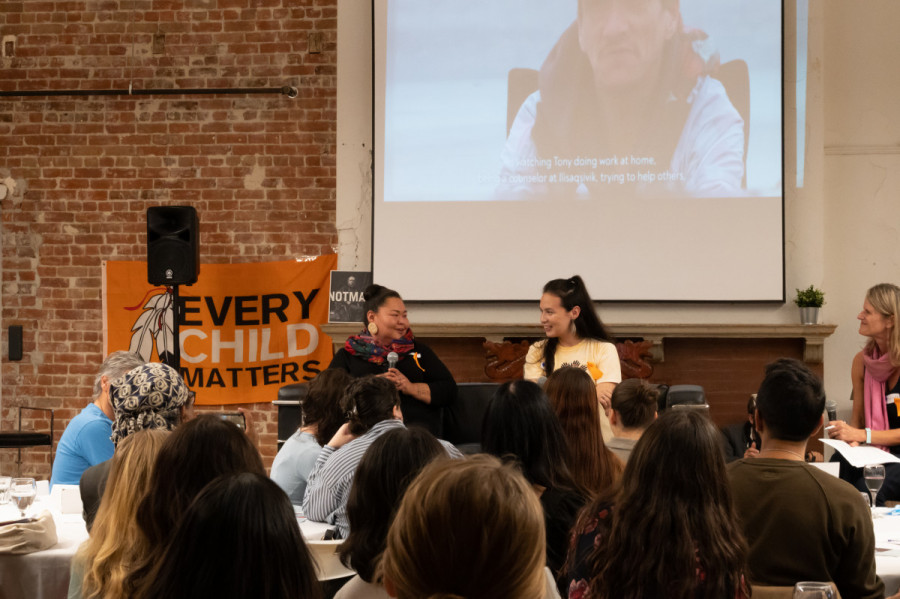
_600_832_s.png)

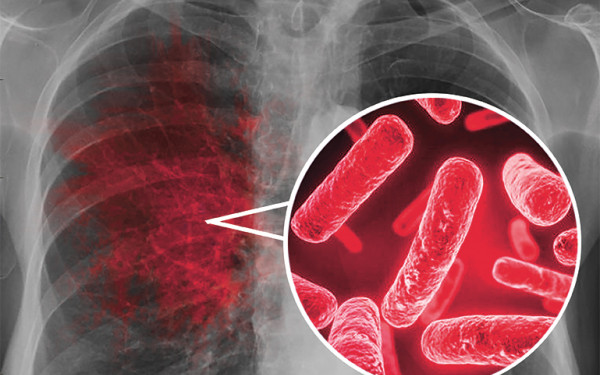
_600_375_90_s_c1.jpg)
